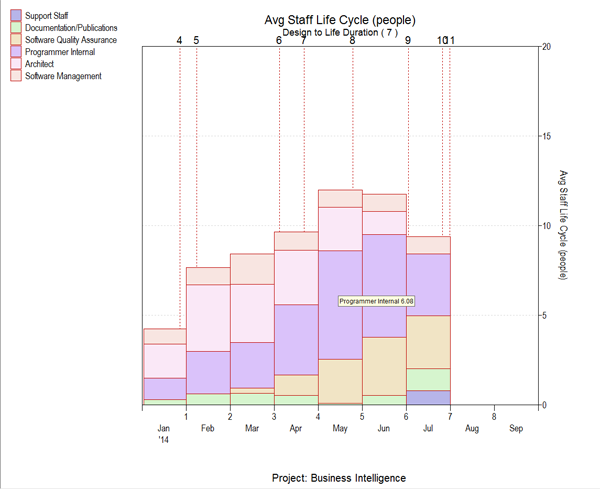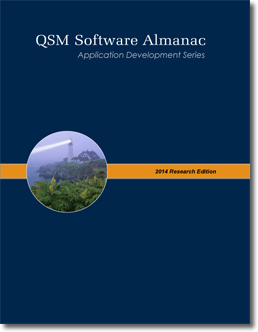Getting a Good Start in Software Estimation
 How in the world does landing on an aircraft carrier relate to software estimation? Anyone who has ever experienced the terror joy of landing a jet on an aircraft carrier, especially on that dark, stormy night with no moon and a pitching deck, appreciates the importance of a good start. Your line-up is critical, as is your airspeed, angle-of-attack and attention to the "ball" – that tiny little yellow dot between the rows of green lights. As a former Bombardier/Navigator in the Grumman A6E Intruder, I have teamed with pilots on over 300 landings, all of which I have lived through. My job was to monitor and call the line-up and radar altimeter, handle the radios, manage the fuel and generally avoid sounding terrified for the entire evolution.
How in the world does landing on an aircraft carrier relate to software estimation? Anyone who has ever experienced the terror joy of landing a jet on an aircraft carrier, especially on that dark, stormy night with no moon and a pitching deck, appreciates the importance of a good start. Your line-up is critical, as is your airspeed, angle-of-attack and attention to the "ball" – that tiny little yellow dot between the rows of green lights. As a former Bombardier/Navigator in the Grumman A6E Intruder, I have teamed with pilots on over 300 landings, all of which I have lived through. My job was to monitor and call the line-up and radar altimeter, handle the radios, manage the fuel and generally avoid sounding terrified for the entire evolution.
The process was made significantly easier if we arrived at the 3/4 mile point behind the ship at the right airspeed, gross weight, angle of attack, altitude and line up. Sort of like juggling a bunch of skittish cats.
But when all those parameters came together, we had a good start. When embarking on a software development project, or any engineering project, it’s equally important to have a strong foundation. That means having a solid idea of the characteristics of the project, what resources are (or should be) available, what duration is most likely and how good does it have to be. A software estimation tool can provide the project manager with this essential information.

 With the most recent spurt of inclement weather, there is really no denying that winter is here. After awaking to about 4 inches of snow accumulation, I begrudgingly bundled myself up in my warmest winter gear and proceeded to dig out my car. Perhaps the brisk air woke me up faster than usual because as I dug a path to the car, I began to think about software testing, specifically how effective early testing can reduce the chances of
With the most recent spurt of inclement weather, there is really no denying that winter is here. After awaking to about 4 inches of snow accumulation, I begrudgingly bundled myself up in my warmest winter gear and proceeded to dig out my car. Perhaps the brisk air woke me up faster than usual because as I dug a path to the car, I began to think about software testing, specifically how effective early testing can reduce the chances of 

 Sitting in the condo at the end of a hard day on the slopes of Breckenridge Resort in Colorado, I checked my Ski Tracks for the day. "Woohoo!" I said. "Glenn, come check this out!" My ski buddy Glenn ambled in from the kitchen; we've skied together for several years, ever since our respective spouses decided that for some reason they didn't want to ski with us anymore.
Sitting in the condo at the end of a hard day on the slopes of Breckenridge Resort in Colorado, I checked my Ski Tracks for the day. "Woohoo!" I said. "Glenn, come check this out!" My ski buddy Glenn ambled in from the kitchen; we've skied together for several years, ever since our respective spouses decided that for some reason they didn't want to ski with us anymore. 
